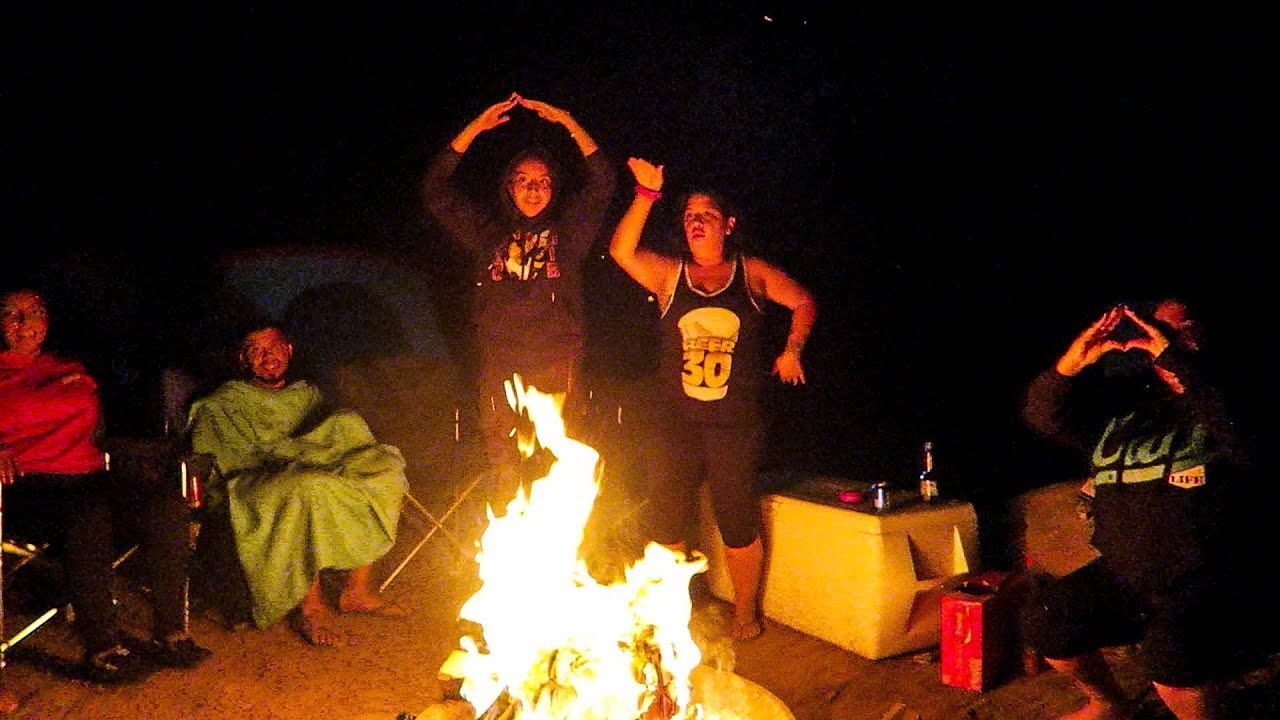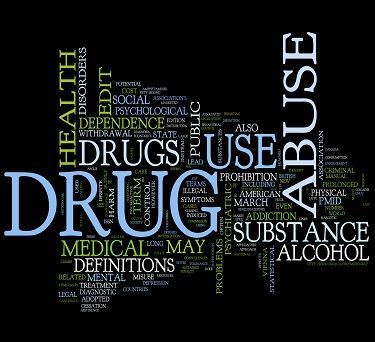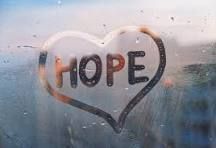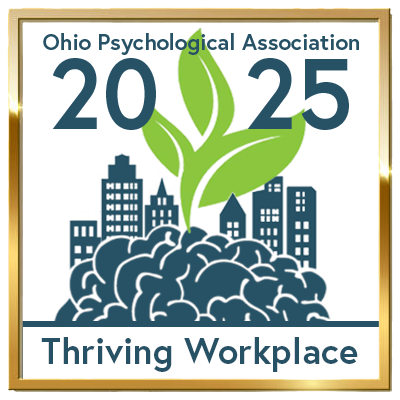
CAMPFIRES
Now that it’s summer time, that means no school, warmer weather, bonfires and hangouts. Who doesn’t love a good campfire with s’mores, music, and friends? Some pre-teens and teenagers use bonfires as an excuse to get together and experiment with drinking and using different substances (vaping, marijuana and opioids to mention a few). Bonfires are the perfect time for teens to use substances because it is so easy to tell parents “I’m heading over to a friend’s house to hangout by the fire.”
WHERE AND WHEN?
Campfires can be held anywhere, any time. Usually these happen at a friend’s house or remote distances from their house. As the sun starts setting and the stars start to appear, that’s when the substances tend to come out. It is harder to see what is going on because of how dark it gets, making it easier to experiment or use substances. Because it is summer time, teenagers have all the freedom in the world to have these hangouts and bonfires any day of the week.
WHAT SUBSUBSTANCES ARE BEING USED AND HOW DO I KNOW IF MY TEEN IS INVOLVED?
Think of these summer night bonfires the same way you think of parties. The most common party favors are alcohol and marijuana. However, other substances can be involved. There are a vast variety of signs your teen can show if they’ve been using.
- Behavioral changes: Teens may be quieter or act differently around family members.
- They may be chewing gum or spraying perfume more often to cover up smells.
- You may notice they may become sneakier.
- Teens tend to pack an extra change of clothes to change into to eliminate any smells that could linger home.
- They may be coming home later than usual or staying the night at friend’s house more often.

WHAT SHOULD I SAY/ASK MY TEEN IF I KNOW?
Communication is key. First, talk with your partner; make sure you both know what is happening. Having a group conversation is better than your teen having to listen to the same conversation multiple times. Make sure there is evidence and you know for certain there are substances being used before you talk to them. Your teen may argue and say that they have done nothing wrong, that they’ve never done drugs or have had alcohol.
Be kind and patient with your child. Ask direct questions. Arguing and yelling will not help the confrontation. It may make your teen more likely to want to use substances as a way to cope with the anger/frustration. Educate them about the effects these substances have and what could happen if it is abused.
Even if your teenager hasn’t used any substances, you can still have the talk with them. Educate them about the negative effects and the trouble that they can get into. Teens who abuse drugs and alcohol at a young age may have a greater risk of addiction in later years. Let them know they don’t need substances to fit in or to be “cool.” Perhaps, and hopefully, it can help persuade them not to use drugs and alcohol and how you don’t need substances to have a good time.
Child and Adolescent Behavioral Health’s (C&A) Gemini Program helps teens who are struggling with substance issues. Two groups within the program – Alternatives and Decisions – provide different levels of assistance. Alternatives is an education-based program aimed at young adults who are experimenting with substances. Decisions is a more intensive-based form of help that includes individual and group sessions.
If you suspect your young adult is using substances, please call C&A at 330-433-6075. C&A’s Gemini Program Manager Dr. Karita Nussbaum provided some of the content for this post.
RECENT POSTS












